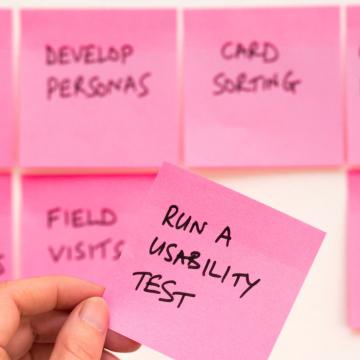Inclusive communications
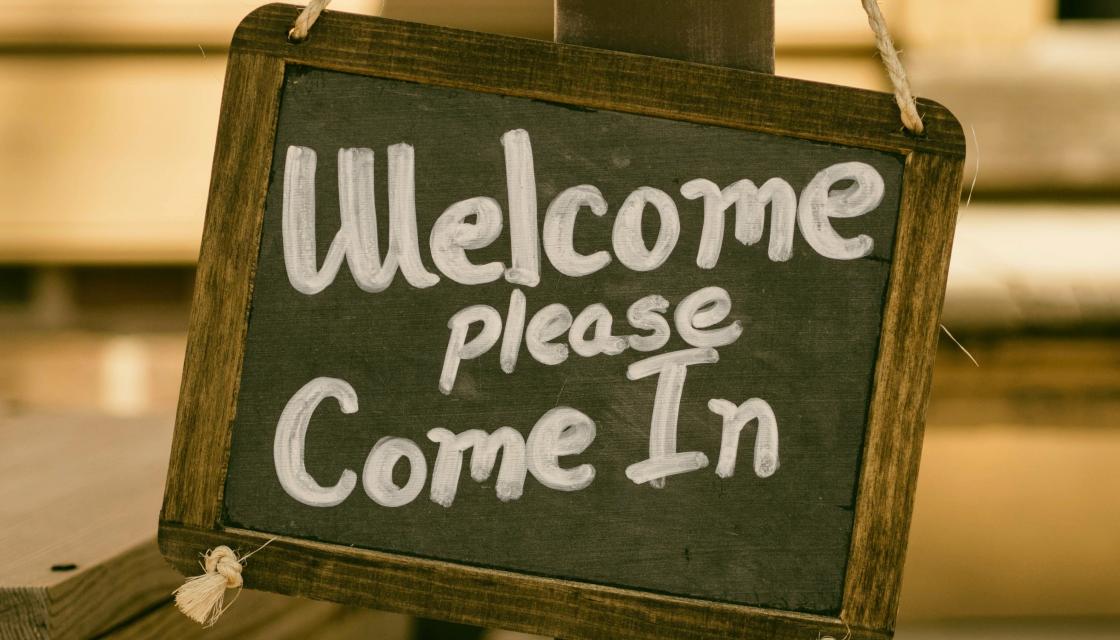
It's important that our communications are both accessible and inclusive, so that they reach as many people as possible. Do your communications reflect a diverse range of people in a positive way?
What do we mean by inclusive communications?
Visual or verbal communication that does not stereotype or demean people based on personal characteristics including gender, gender expression, race, ethnicity, economic background, ability/disability status, religion, sexual orientation.
What do we mean by accessible communications?
Communications should be accessible to everyone including those with:
- Visual impairments
- Learning disabilities and literacy difficulties
- Hearing impairments
- Co-ordination difficulties
Gov.uk recommends that the easiest way to do this is to create an original document in plain English, as concisely as possible and as a minimum 14-point font. This reduces the need for alternative versions such as picture based, translated or with captions. Simple language and short sentences open up our messages to everybody.
What about professionals?
Higher literacy level users skim read, and have a particular need for content in Plain English. People with the highest literacy levels and greatest expertise tend to have to read the most. They do not have time for lengthy, complex content.
What is unconscious bias?
Unconscious bias occurs when people favour others who look like them and/or share their values. For example a person may be drawn to someone with a similar educational background, from the same area, or who is the same colour or ethnicity as them
- It's natural
- It's unintended
- It can affect decisions
- It can be mitigated (ACAS)
Some tips for inclusive communications:
- Are pronouns she and he used an equal number of times? Do you need to use them at all?
- Where case studies are used, are they representing a range of genders, people with disabilities and/or people from a range of ethnicities in non-stereotyped roles?
- Don’t use conditions to define the person - use ‘people with diabetes’ not ‘diabetics’
- Check terms for national origin, race or gender identification for specific audiences. Simply put, if you are not sure, ask someone from that audience group.
- Copy and paste your words into the Hemingway app – www.hemingwayapp.com to check the reading ability. The app highlights long sentences, jargon and technical language to prompt you to edit your work.
- Try reading your copy aloud. Or even better try writing with a colleague which will force you to speak your words aloud and write in a simple, conversational style. It’s the old ‘talk to me like you are explaining it to your friend in the pub’ technique.
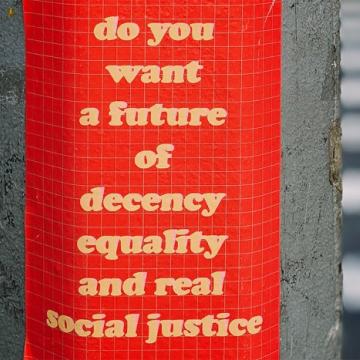
Equity really isn’t fair. It’s so much more than that.
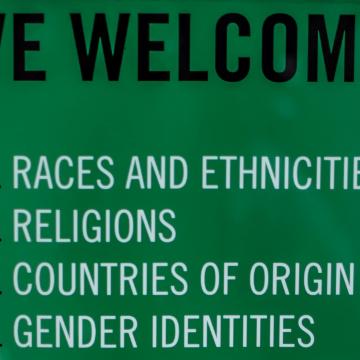
Diversity equity and inclusion
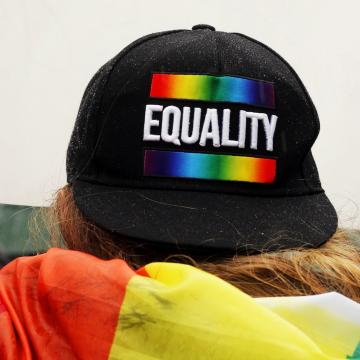
Co-operatives UK launches diversity, equity and inclusion review
